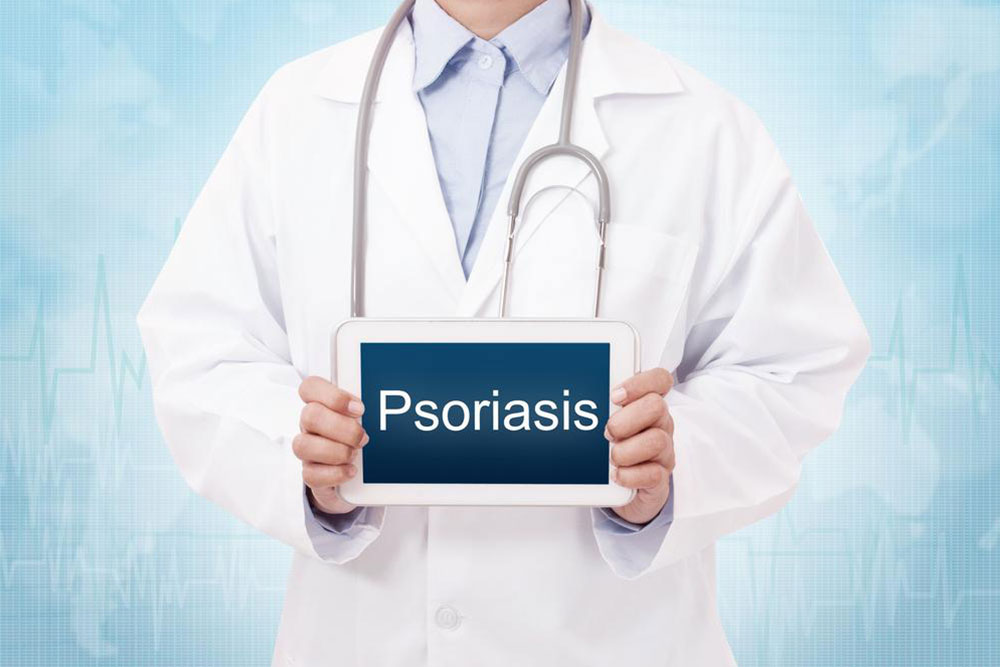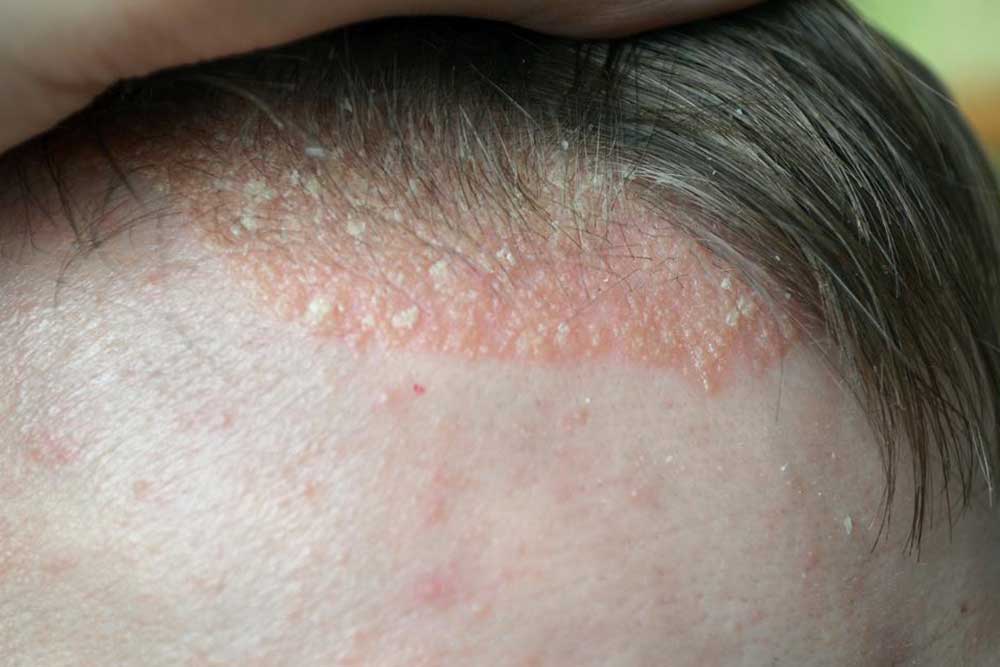Recognizing the Key Symptoms of Chronic Plaque Psoriasis
Learn how to recognize the key signs of chronic plaque psoriasis, including skin lesions, inflammation, and nail changes. Early detection and proper management are crucial for controlling this common skin condition. This guide covers symptoms, causes, and effective treatment strategies, emphasizing the importance of consulting healthcare professionals for personalized care. Maintaining skin health through skincare routines, lifestyle adjustments, and avoiding triggers can significantly improve quality of life for those affected by psoriasis.

Identifying Major Symptoms of Persistent Plaque Psoriasis
Psoriasis is a chronic immune-mediated skin disorder characterized by abnormal rapid skin cell buildup. Among its various forms, plaque psoriasis is the most prevalent, affecting about 80-90% of individuals with psoriasis. It presents as thick, scaly patches that are often itchy, typically appearing on the scalp, elbows, knees, and back. These patches can vary in color depending on skin tone, ranging from red and pink to darker shades like brown or violet. The appearance and severity of symptoms differ from person to person.
1. Skin Lesions
Early signs often include raised red or pink patches covered with silvery-white scales. These plaques may merge, forming larger areas of affected skin, and tend to develop symmetrically on limbs, scalp, and joints.
2. Inflammation and Redness
Initial stages involve inflamed, reddish patches with a silvery sheen. The color intensity may change based on skin pigmentation.
3. Joint Dyscomfort
Some individuals develop psoriatic arthritis, experiencing joint swelling, stiffness, and pain that requires medical attention.
4. Dryness and Cracking Skin
Affected areas often appear dry, prone to cracking, which can cause discomfort, especially in flexing parts of the body.
5. Itching and Burning Sensation
Many patients report itching, burning, or stinging sensations in the patches, often leading to the need for relief treatments.
6. Nail Changes
Psoriasis can also impact nails, resulting in pits, ridges, discoloration, or thickening that may be mistaken for fungal infections.
Symptoms can vary widely; any persistent, unusual skin changes should prompt consultation with a healthcare professional. Early diagnosis and proper management are vital to controlling the condition and alleviating discomfort.
Consult a dermatologist if experiencing effects like persistent rashes or if over-the-counter treatments fail. Lifestyle modifications, proper skincare, and prescribed medications can effectively manage symptoms and prevent flare-ups.
To maintain healthy skin, avoid hot water, harsh soaps, and skin trauma. Regular moisturizing, stress management, and sun protection are also beneficial. Understanding risk factors such as genetic predisposition and immune system issues can help in early detection and treatment planning.
Note: The information provided is solely for educational purposes. Always seek professional medical advice for diagnosis and treatment options.










